WannaCry Ransomware Demands Payment Before Data Encryption

I think there's an issue with my storage device, but I'm not sure
Start a free evaluationThieves are great at employing sophisticated techniques to steal data. One of the ways they do this is through WannaCry ransomware, where once a device is infected, you won’t have access to your files. Instead, you’ll receive a ransom, demanding payment. Once you make the payment, you are supposed to receive access to your files.Of course, this isn’t a guarantee. Only half of the companies that decided to comply with the demands received their data back. This makes ransomware difficult to deal with, as it has the ability to cripple entire systems-see what happened to the city of Atlanta for example-and there are no assurances that even if you follow all the steps, you’ll have your data back. So, keeping up to date with the latest ransomware variants, how they work, and ways to prevent an attack are your best lines of defense.[caption id="attachment_23733" align="alignnone" width="725"]

Illustration by LifeLock[/caption]
WannaCry Ransomware Demands Payment UpFront
A new wrinkle for the WannaCry ransomware is another fear-based tactic where hackers hope you make your decision rooted in emotion rather than in common sense. What happens is you’ll receive notification, normally in the form of an email with a variation of the following email message header, according to Sophos:From: WannaCry Hack-teamTo: ******Subject: !!!Warning Wannacrypt!”The message then goes on to say all of your devices were cracked with their WannaCry program installed on them, which means they can encrypt your data, rendering them inaccessible to you. They'll even threaten to delete your files if you don't comply with their demands. In addition, it’s proactive in saying no antivirus program will be able to detect their program and firewall protections are useless against them. As you can see, it’s trying to build a compelling case as to why you should comply.Then, the message gets to the heart of the matter. It states the deletion of your data will happen on a specific date and to avoid this data demolition, you should pay 0.1 BTC -the equivalent of $650- to the bitcoin wallet.[caption id="attachment_23734" align="alignnone" width="1024"]

Illustration by Cyber Training 365[/caption]
What Do I Do When Receiving This Warning?
First, it’s important to understand that while the message they sent could be containing some truth, this approach to get you to fork over money is fraudulent, according to Sophos. The reason for this, they say, is because the message isn’t backed by a malware delivery. Think about it: why would they give you a warning up front and time to do something about it? Instead, it’s important to ensure you have all devices updated with the latest software, you have antimalware protection in place, and you communicate with your team or loved ones about the dangers of these types of ransomware variants.Additionally, if you do become a victim of malware, having a restoration plan in place is integral. This is where the team at Salvage Data can help. We can restore your files securely and efficiently without fear of file deletion. When you make us a partner, you receive quick access to file recovery and service to allay any fears you have. Contact us today to make us a part of your data restoration plan.
Related services
These are the most commonly requested data recovery services. At our headquarters' cleanroom lab, our certified engineers conduct a thorough review of any type of physical storage device, determining if there is logical or physical damage and carefully restoring all of the lost files.ces.

External Drive Data Recovery
We recover data from both external SSD and HDD drives. Rely on certified experts to restore your important files from damaged or corrupted external drives.
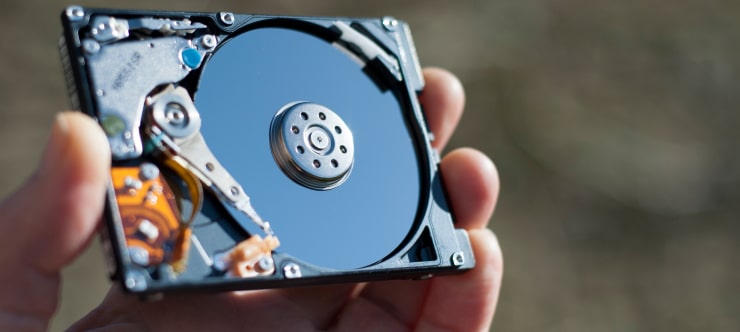
Hard Drive Data Recovery
Recover data from all brands of HDD, PC hard drives, and hybrid disks. Our specialists ensure fast and secure recovery for any data loss scenario.
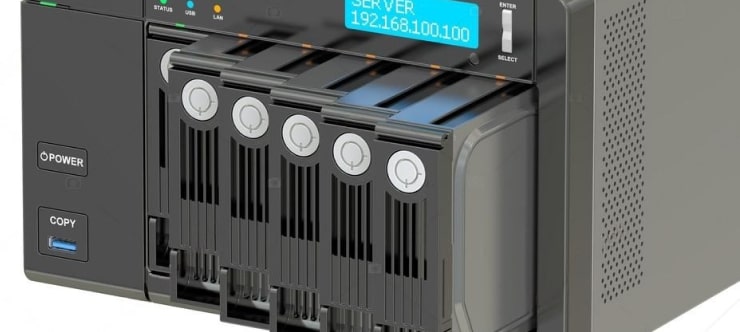
NAS Data Recovery
Recover data from NAS devices, including RAID configurations. Our team handles all types of NAS systems and ensures data recovery with minimal downtime.
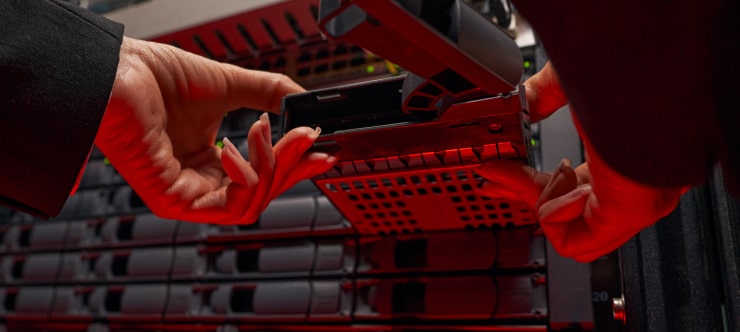
RAID Data Recovery
Our RAID data recovery services cover RAID 0, 1, 5, 10, and other configurations. We offer expert solutions for failed, degraded, or corrupted RAID arrays.

SAN Data Recovery
Our team specializes in handling SAN devices from leading manufacturers like Dell EMC, HP, and IBM, ensuring efficient recovery with minimal disruption to your operations.
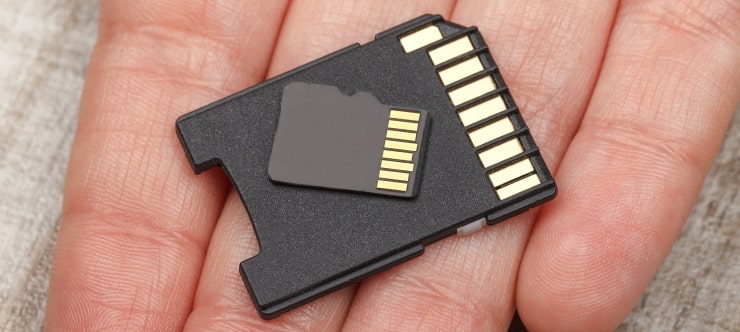
SD Card Data Recovery
Our recovery experts specialize in restoring data from SD and memory cards. We guarantee quick recovery with a no-data, no-charge policy.
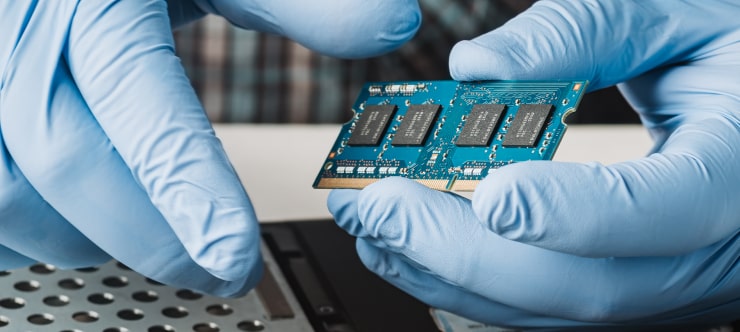
SSD Data Recovery
Our data recovery experts handle all SSD data loss scenarios with advanced tools, ensuring maximum recovery with high-security protocols.
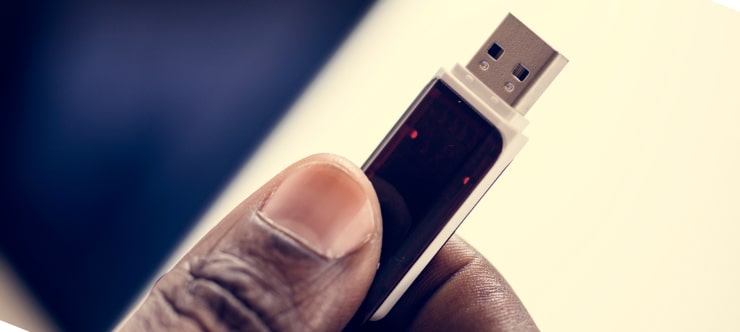
USB Flash Drive Data Recovery
Recover lost data from USB flash drives, regardless of the damage or brand. We offer free in-lab evaluations to assess data recovery needs.
If you’re unsure about which data recovery service to choose, let our team assist you in selecting the appropriate solutions. We understand the anxiety that comes with a sudden drive failure, and we are more prompt in our actions compared to other recovery service providers.



